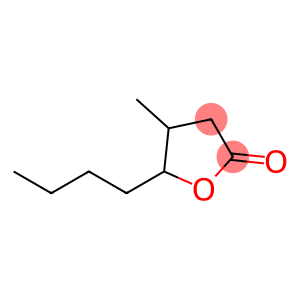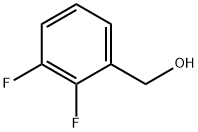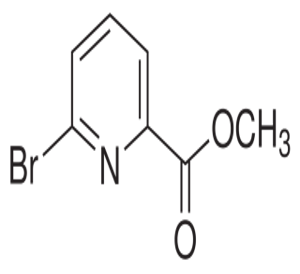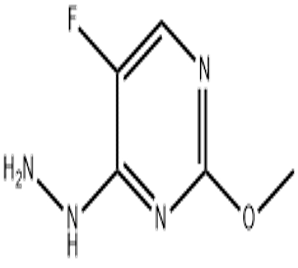Isovaleraldehyde propyleneglycol acetal(CAS#18433-93-7)
| Risk Codes | 10 – Flammable |
| Safety Description | 16 – Keep away from sources of ignition. |
| UN IDs | UN 1993 3/PG 3 |
| WGK Germany | 3 |
| HS Code | 29329990 |
| Hazard Class | 3 |
| Packing Group | III |
Introduction
Isovaleraldehyde, propylene glycol, acetal. It is obtained by the acetal reaction of isovaleraldehyde and propylene glycol.
Isovaleraldehyde propylene glycol acetal has low toxicity, is colorless and odorless, and is stable in air. It is stable in acidic conditions but decomposes in alkaline conditions.
There are many areas of application for isovaleraldehyde, propylene glycol, acetal. It is widely used as an important solvent and reagent in organic synthesis. Secondly, it can be used as an additive in areas such as coatings, dyes and plastics to improve product performance.
The method of preparing isovaleraldehyde propylene glycol acetal is mainly obtained by the reaction of isovaleraldehyde and propylene glycol. Reactions are typically performed under acidic conditions, either acid-catalyzed or with acidic immobilization catalysts. This reaction requires controlled temperature and reaction time to increase yield and purity.
Safety information: Isovaleraldehyde propylene glycol acetal is a low-toxicity compound. But it is still an irritant and contact with the skin and eyes should be avoided. Appropriate protective measures should be taken, such as wearing gloves, goggles, and protective clothing, during use. In case of ingestion or inhalation, seek immediate medical attention.







